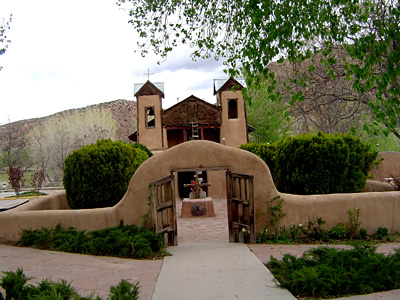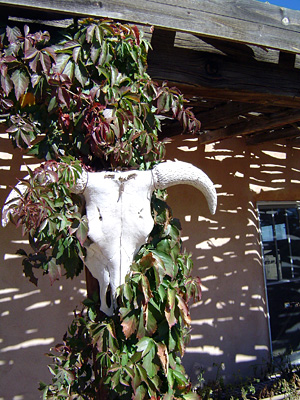
Sina Brush
Land
of Enchantment

|
Though many Indian tribes
lived throughout the state with great influence prior to1912, |
|
In the 16th Century, a
ruler of |

Sina Brush